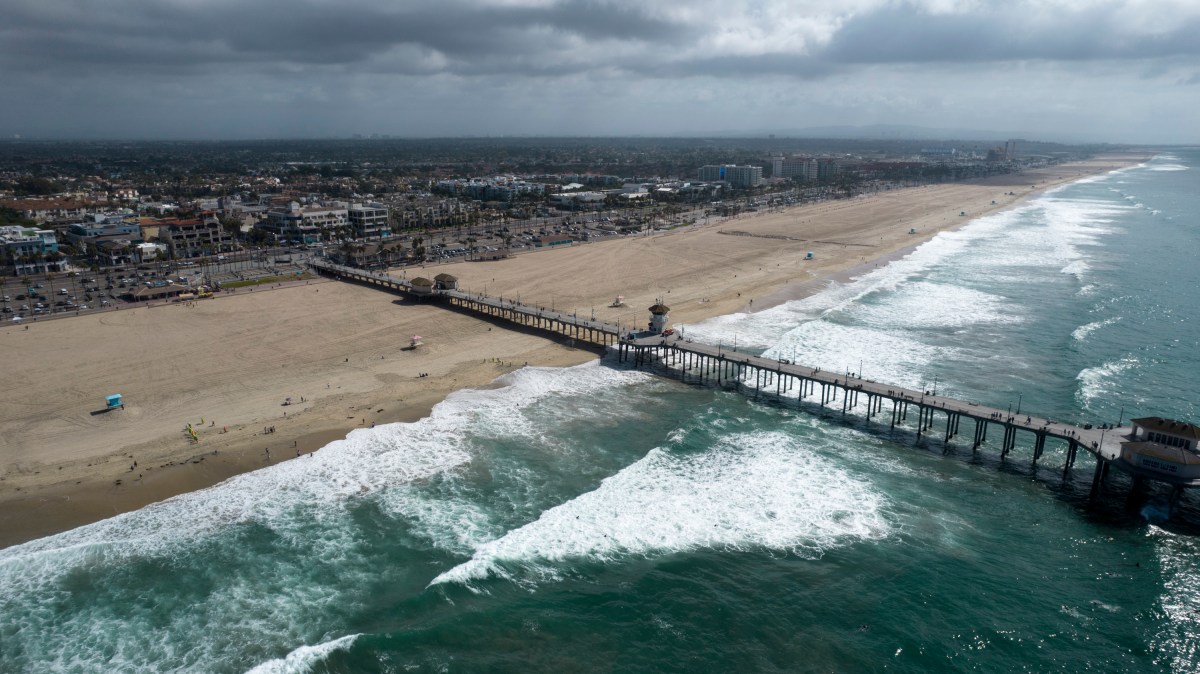NASA Reveals: Southern California City on a Collision Course with the Ocean
A recent study from NASA has caused quite a stir, revealing that a city in Southern California is gradually shifting toward the ocean. This unexpected movement has raised significant concerns among experts and residents alike regarding its potential future impacts. As scientists delve into the geological factors contributing to this phenomenon, the implications for local communities are becoming increasingly clear.
The Study: What NASA Found
The NASA study utilized advanced satellite technology to monitor the geological shifts occurring in the region. The findings indicate that a city near Los Angeles is experiencing a steady movement toward the Pacific Ocean. This movement, while slow, poses serious questions about the stability of the area and the long-term viability of its infrastructure.
The research highlights several key factors affecting this movement:
- Groundwater Extraction: Excessive extraction of groundwater has led to land subsidence, causing the ground to sink and subsequently shift toward the ocean.
- Seismic Activity: The region’s tectonic activity contributes to ongoing geological changes, further exacerbating the situation.
- Climate Change: Rising sea levels due to climate change can intensify the effects of land movement, increasing the risk of flooding in coastal areas.
Understanding the Geological Factors
Geologically, the area is situated on complex fault lines which are constantly shifting. These fault lines are not just responsible for earthquakes; they can also lead to gradual changes in land elevation. The movement toward the ocean is a culmination of these geological processes, influenced heavily by human activity.
Groundwater extraction, particularly for agricultural and urban use, has been a significant factor. As water is pumped from underground aquifers, the soil above can compact, causing the land to sink. This phenomenon, known as land subsidence, has been documented in various parts of California for decades and is now becoming a pressing issue for the city in question.
The Impact on Residents and Infrastructure
The implications of this geological shift are profound. For residents, the potential for increased flooding and erosion poses a direct threat to homes and livelihoods. Infrastructure such as roads, bridges, and public utilities may also be at risk. The concern is not merely theoretical; several areas have already experienced localized flooding during heavy rains, which experts attribute to the changing landscape.
Additionally, the city’s economy, heavily reliant on tourism and real estate, may suffer if these environmental risks are not addressed. Property values could decline, and businesses may face challenges as the threat of flooding becomes more pronounced.
Community Awareness and Preparedness
As these findings come to light, community awareness is paramount. Local governments and organizations must prioritize education around the risks associated with geological shifts and climate change. Residents should be informed about potential evacuation routes, emergency preparedness, and the importance of sustainable water use.
Efforts to mitigate these risks can take several forms:
- Improved Water Management: Implementing sustainable water practices can help manage groundwater levels and reduce land subsidence.
- Infrastructure Resilience: Upgrading infrastructure to withstand flooding and erosion can protect communities from immediate risks.
- Coastal Restoration Projects: Initiatives aimed at restoring natural coastal barriers can help mitigate the impacts of rising sea levels.
How Technology is Aiding Research
The role of technology in monitoring and understanding these geological changes cannot be overstated. NASA’s use of satellite imagery and remote sensing technology allows for precise tracking of land movement over time. This data is invaluable for scientists and urban planners as they work to develop strategies to address the challenges posed by these shifts.
Furthermore, advancements in modeling and simulation are helping researchers predict future scenarios, enabling better preparedness and response strategies for the community. The collaboration between scientists, local governments, and residents is crucial in developing effective solutions to this pressing issue.
Looking Ahead: Optimism and Action
While the findings from NASA indeed raise alarm bells, they also present an opportunity for proactive measures. Communities that take action now can mitigate the risks associated with geological movements and climate change. By fostering a culture of sustainability and resilience, residents can work together to protect their city from the impending challenges.
The key to moving forward lies in collaboration—between residents, local authorities, scientists, and environmental organizations. By sharing knowledge and resources, the community can implement effective strategies to adapt to the shifting landscape.
Conclusion: A Call to Action
The revelations from NASA regarding a Southern California city on a collision course with the ocean serve as a crucial reminder of the power of nature and the importance of responsible environmental stewardship. As we face the realities of climate change and geological shifts, it is essential for communities to remain vigilant and proactive.
By prioritizing education, sustainable practices, and infrastructure resilience, residents can safeguard their homes and future against the potential impacts of this ongoing movement. The time to act is now—our collective efforts today can ensure a safer, more sustainable tomorrow for generations to come.
See more Your Daily Weather



